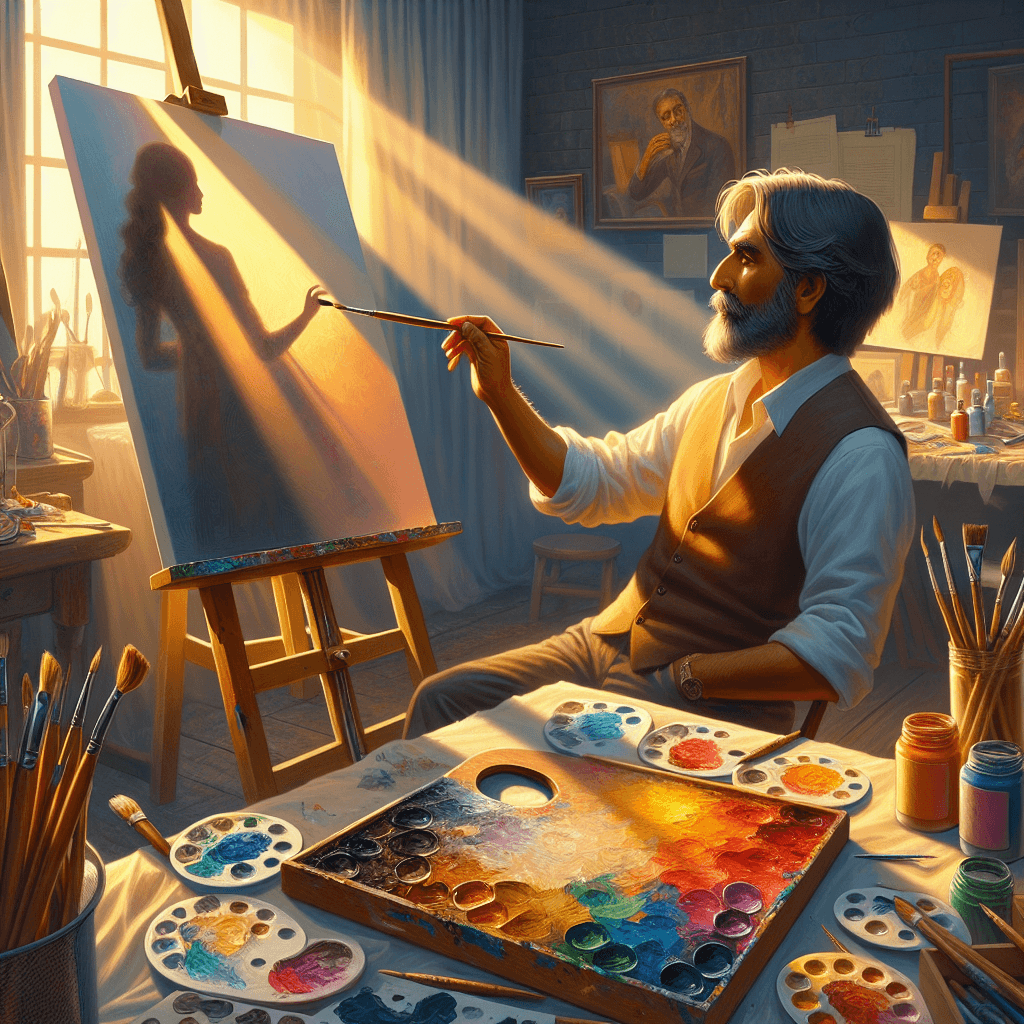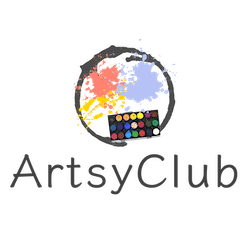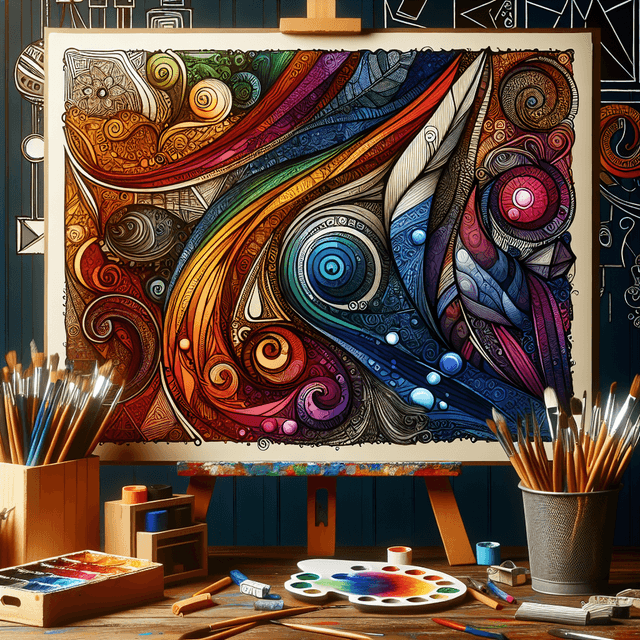Light and Shadow in Art: Techniques for Artists
TL;DRThis article delves into the pivotal role of light and shadow in art, guiding artists through the basic principles and various techniques to achieve depth and realism in their work. From the dramatic chiaroscuro to the delicate sfumato, and the bold tenebrism to the intricate hatching, we explore how these methods can be applied across different mediums such as painting, drawing, sculpture, and photography. Practical tips for practicing and mastering the interplay of light and shadow are also provided, ensuring artists can enhance their skills and bring their artistic visions to life.

Table of Contents
The Role of Light and Shadow in Art
Light and shadow are more than just elements of a composition; they are the very essence of visual perception. Light reveals forms and textures, while shadows define the shape and give a sense of space and distance. The contrast between light and dark areas creates a three-dimensional illusion on a flat surface, allowing artists to sculpt with color and value.
Understanding the Basics
Before diving into the techniques, it's crucial to grasp the basic components of light and shadow in art.
Light Source
The light source determines where the light areas and shadows will fall in a composition. It can be natural, like the sun or moon, or artificial, such as a lamp or candle. The direction, intensity, and color of the light source significantly affect the mood and atmosphere of the artwork.
Shadow
Shadows are divided into two categories: cast shadows and form shadows. Cast shadows are created when an object blocks the light source, projecting a shadow onto another surface. Form shadows, on the other hand, are the darker areas on the object itself, where the light doesn't directly hit.
Midtones and Highlights
Midtones are the areas where light is neither fully bright nor completely in shadow. They are crucial for creating a sense of volume. Highlights are the brightest spots where the light hits the object most directly, often used to draw attention to specific areas of the composition.
Techniques for Creating Light and Shadow
Chiaroscuro
Chiaroscuro, an Italian term meaning 'light-dark', is a technique that uses strong contrasts between light and dark to achieve a sense of volume in modeling three-dimensional objects and figures. This technique was popularized by Renaissance artists like Caravaggio and Leonardo da Vinci and is still widely used today.
Sfumato
Sfumato, another technique developed during the Renaissance, involves the subtle and gradual blending of tones and colors to eliminate harsh outlines. This creates a smoky effect, where light and shadow blend seamlessly, often used to depict soft transitions on human skin.
Tenebrism
Tenebrism is characterized by extreme contrasts of light and dark, with darkness becoming a dominating feature of the image. This technique, used by artists like Rembrandt and Caravaggio, creates dramatic tension and focuses the viewer's attention on particular areas of the composition.
Hatching and Cross-Hatching
Hatching involves drawing closely spaced parallel lines to suggest shadow in pen and ink or pencil drawings. Cross-hatching uses layers of hatching at different angles to build up darker tones and a more complex texture.
Stippling
Stippling is the creation of a pattern simulating varying degrees of solidity or shading by using small dots. This technique is often used in drawing, engraving, and printmaking to achieve a range of values.
Light and Shadow in Different Mediums
Painting
In painting, artists use glazes, scumbling, and dry brush techniques to create the illusion of light and shadow. These methods allow for the layering of transparent or semi-transparent layers of paint to build up depth and luminosity.
Drawing
Drawing mediums like charcoal, graphite, and pastel are ideal for experimenting with value. Artists can use blending stumps, fingers, or erasers to manipulate the medium, creating smooth transitions between light and shadow.
Sculpture
Sculptors must consider the light that will fall on their three-dimensional works. They create shadows and highlights through the physical manipulation of their materials, carving and modeling to control the surface's interaction with light.
Photography
Photographers control light and shadow through the use of aperture, shutter speed, and ISO settings, as well as lighting setups and post-processing techniques to enhance the depth and drama in their images.
Tips for Practicing Light and Shadow
- Observe real-life situations and how light interacts with objects.
- Practice drawing simple forms, like spheres and cubes, focusing on the light source and resulting shadows.
- Experiment with different lighting scenarios to understand the impact of light direction and intensity.
- Use reference photos to study light and shadow in various conditions.
- Start with monochromatic studies to focus solely on value before introducing color.
Conclusion
The interplay of light and shadow is a powerful tool in an artist's arsenal, capable of transforming a flat image into a lifelike scene brimming with depth and emotion. By mastering the techniques discussed in this article, artists can enhance their ability to direct the viewer's eye, evoke mood, and express their creative vision. Whether through the dramatic chiaroscuro, the delicate sfumato, or the bold tenebrism, the manipulation of light and shadow is essential to the creation of compelling artwork across all mediums.



